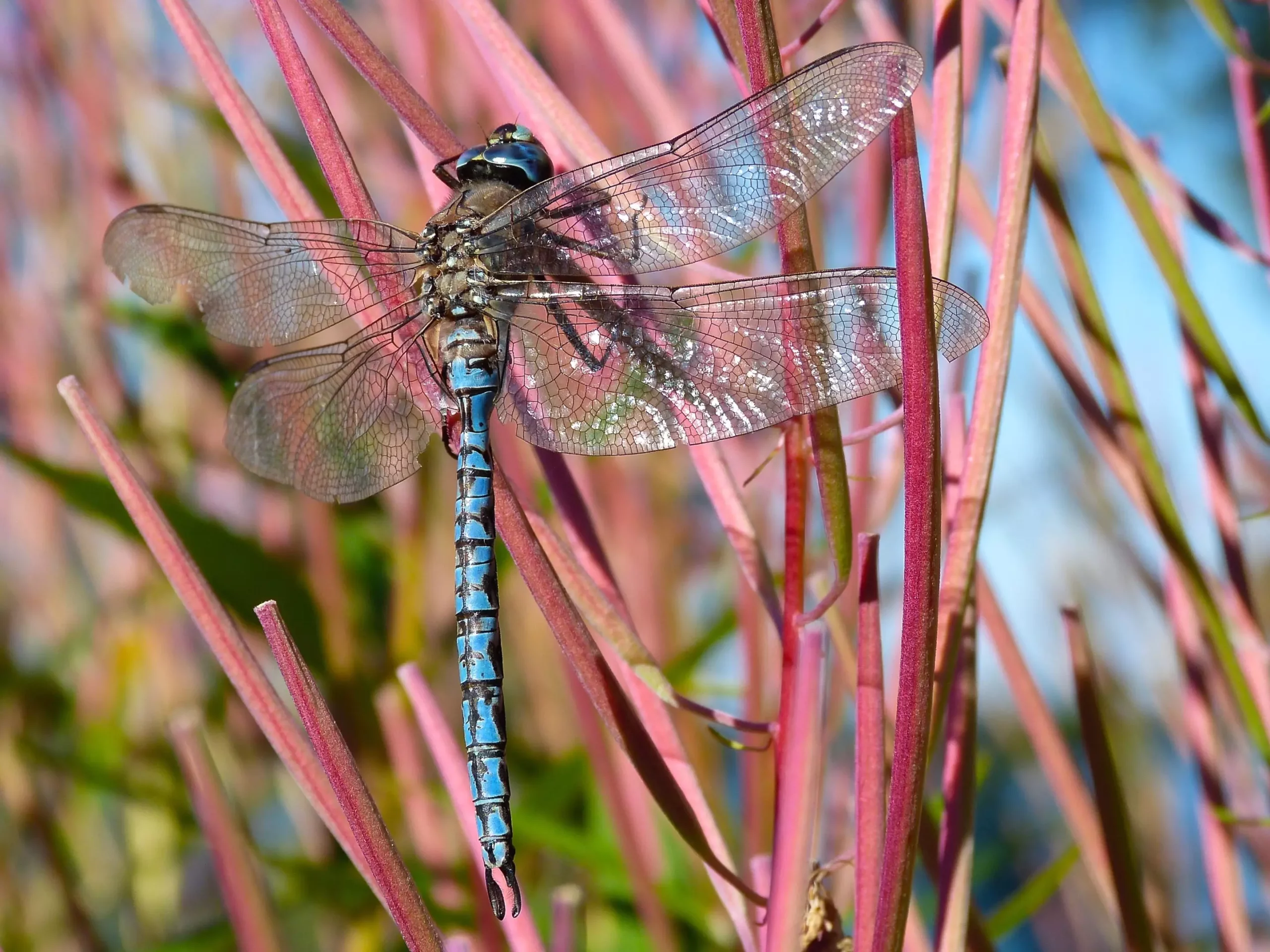Recent research has illuminated a critical aspect of mercury pollution that has far-reaching implications for environmental science—specifically, the diverse origins and pathways of mercury in various ecosystems. Traditionally, mercury has been perceived as a primarily aquatic threat, with studies focusing largely on its accumulation in fish populations and avian species. However, a collaborative study involving scientists from the U.S. Geological Survey, the National Park Service, and local community participants has turned this narrative on its head, revealing fascinating new insights into how mercury operates in the natural world.
The unexpected protagonist in this saga is none other than the dragonfly. This insect, often overlooked, has emerged as a key indicator of environmental health, capable of unveiling the complexities of mercury contamination across different landscapes. By analyzing dragonfly larvae collected from over 750 sites nationwide, researchers have elucidated the differing mechanisms through which mercury infiltrates ecosystems—from rainfall in arid regions to gaseous absorption in lush, forested areas.
Mercury’s Deviant Behavior: A Tale of Two Ecosystems
The study’s findings have exposed striking differences in mercury deposition depending on local environmental conditions. For instance, in drier climates, precipitation remains the primary vector for mercury deposition, whereas in wetter, forested ecosystems, vaporized mercury adheres to foliage before making its descent to the ground with decomposing leaves. This understanding is crucial: it signals that different ecosystems require tailored approaches to monitoring and managing mercury pollution.
Scientists have long understood that mercury is not merely a byproduct of industrial activity, but also emanates from natural sources. This duality complicates our approach to regulation and necessitates nuanced strategies for mitigating contamination. As mercury bioaccumulates through food chains—ranging far beyond the aquatic domain—it becomes imperative for resource management agencies to incorporate these findings into their practices. This study shines a light on the need for contextual awareness when addressing pollution in diverse habitats.
Citizen Science: Bridging the Gap Between Research and Community
One of the most commendable aspects of this research is its integration of citizen science, illustrating how invaluable public participation can be in scientific endeavors. The Dragonfly Mercury Project enlisted the help of volunteers—amateur scientists—across 150 National Parks, showcasing the power of community engagement. This collaboration not only enriched the data collected but also raised public awareness about environmental health concerns.
By transforming typically recreational activities, such as exploring national parks, into critical scientific inquiries, this initiative underscores the role of citizen participation in reinforcing ecological research. Public involvement fosters a sense of ownership and responsibility towards environmental stewardship, aligning scientific goals with those of broader communities.
From Local Insights to Global Implications
While the study sheds light on mercury dynamics within the U.S., its implications extend to a global scale. The findings could influence international frameworks, such as the Minamata Convention—an agreement aimed at reducing mercury emissions and helping protect human health and the environment. Understanding ecosystem-specific behaviors of mercury will undoubtedly enhance global strategies against its toxicity.
Furthermore, the unexpected discovery of elevated mercury levels in desert dragonflies suggests that arid regions previously deemed low-risk may require renewed scrutiny. The notion that these environments could potentially harbor harmful levels of mercury challenges long-held beliefs and emphasizes the necessity for ongoing research in diverse ecological contexts.
The Bigger Picture: Enhancing Biodiversity Conservation Efforts
Dr. Colleen Flanagan Pritz, an ecologist with the National Park Service, highlighted how parklands serve as critical reservoirs of biodiversity, not just recreational areas. Engaging the public in studies like this fosters a deeper understanding of the ecological impacts of human activities—emphasizing that science and conservation should go hand in hand. Such collaborative efforts can lead to stronger policies that protect not only the species involved but the ecosystems they inhabit.
As research continues to unveil the intricacies of mercury pollution, the study advocates for a comprehensive re-evaluation of monitoring methods. Employing dragonflies as bioindicators opens new avenues for understanding and tracking environmental health. It presents an exciting possibility for combining cutting-edge science with grassroots participation, forming a holistic approach to ecological preservation.
Ultimately, this study serves as a reminder of the interconnectedness of nature and the pressing need to address pollution in all its forms. By harnessing the enthusiasm of citizen scientists and utilizing innovative methodologies, we can effectively combat mercury contamination and enhance the resilience of ecosystems for generations to come.

